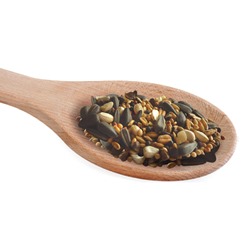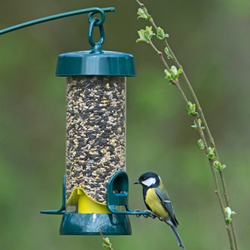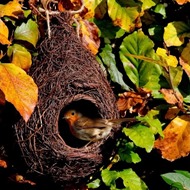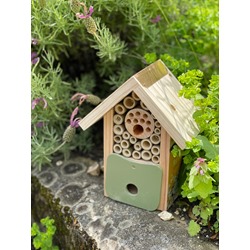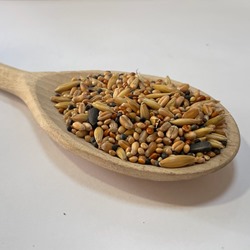Last week we spotted a red kite soaring over the farm. It is not an uncommon occurrence nowadays. These spectacular birds which are easily identifiable by their forked tails, chestnut colour and white patches on the underside of what can be a 2 metre wingspan became extinct in England and Scotland in the 1870's with only a few birds remaining in mid Wales.
During the Middle Ages red kites were protected by a royal decree and were valued scavengers that helped clean up filthy streets. However by the 16th Century, in common with other birds of prey, they were being persecuted as 'vermin'. As numbers declined and they became rarer, their eggs became more valuable to collectors, which hastened their demise. Since the early 1900's, farmers and landowners' have made dedicated efforts to protect them. In the 1950s they suffered a setback when the rabbit myxomatosis outbreak decimated rabbit numbers and destroyed their main food supply.
The re-introduction of birds from Europe in the1980's and 1990's stimulated population expansion and there are now around 1800 breeding pairs in the UK -over half of them in Wales! Adult kites tend to be quite sedentary and not move far from their nest sites - so it may be the visitors we see are juvenile kites - out seeing a bit of the world (or maybe we have a lot of rabbits
 Back
Back Bird Foods
Bird Foods
 Seed Mixes
Seed Mixes Straight Seeds
Straight Seeds Mealworms & Worms
Mealworms & Worms Chicken Feed
Chicken Feed Duck Food
Duck Food Peanuts & Peanut Butter
Peanuts & Peanut Butter Suet & Fat Balls
Suet & Fat Balls No Mess Bird Seed
No Mess Bird Seed Wheat Free Bird Seed
Wheat Free Bird Seed Sunflower Seeds
Sunflower Seeds Softbill Bird Food
Softbill Bird Food Bulk Bird Seed
Bulk Bird Seed Trial Packs
Trial Packs Pick & Mix
Pick & Mix Mini Pick & Mix
Mini Pick & Mix Birdie Basics: Budget Bird Food
Birdie Basics: Budget Bird Food Food for Small Birds
Food for Small Birds Back
Back Bird Feeders
Bird Feeders
 Seed Feeders
Seed Feeders Peanut Feeders
Peanut Feeders Peanut Butter Feeders
Peanut Butter Feeders Suet & Fat Feeders
Suet & Fat Feeders Window Feeders
Window Feeders Hanging Feeders
Hanging Feeders Feeding Stations
Feeding Stations Ground Feeders
Ground Feeders Easy Clean Feeders
Easy Clean Feeders Bird Tables
Bird Tables Seed Trays
Seed Trays Bird Baths & Drinkers
Bird Baths & Drinkers Feeder Accessories
Feeder Accessories Feeder Hygiene
Feeder Hygiene Squirrel Proof Bird Feeders
Squirrel Proof Bird Feeders For the Kids
For the Kids Niger Seed Feeders
Niger Seed Feeders Mealworm Feeders
Mealworm Feeders Bird Food Storage
Bird Food Storage Fat Ball Feeders
Fat Ball Feeders Tube Feeders
Tube Feeders



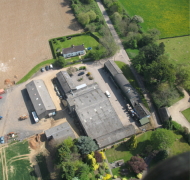 Our Farm
Our Farm
 Tips & Advice
Tips & Advice
Contact Us

















